Get 25% OFF James’ ebooks: Essentials of Street Photography & Street Photography Conversations eBook Bundle now for a limited time only at Snapndeals.
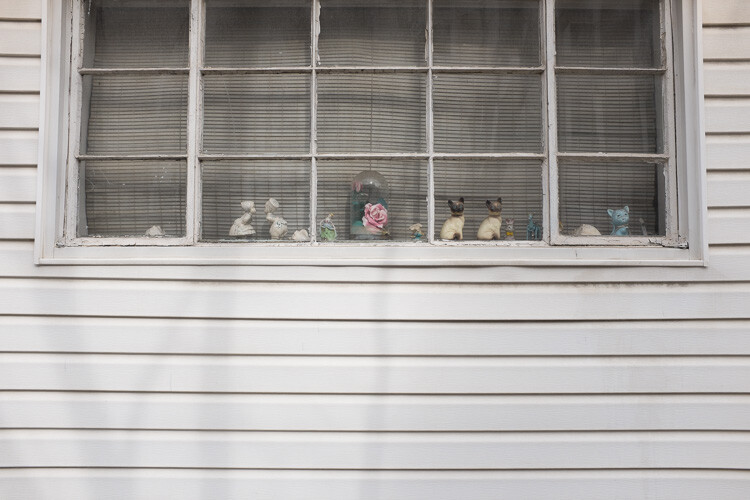
If you are reading this, I assume that you enjoy photography enough already. You’re here, after all. However, you can always enjoy it more – so I wanted to create this list of somewhat uncommon practices, that have kept me going over the years, and kept me passionate about photography.
1. Start a three day a week, neighborhood project
365 day photo projects are a fantastic way to gain some consistency in your life with photography, which is a key to enjoying it to the fullest. However, I want to take the pressure off a little bit with the everyday. You don’t have to come up with a good photograph every single day, although if you are able to do so, more power to you. Set aside a handful of sessions during the week, as if you were going to the gym. Think about is as if it were the gym. At first it might take some getting used to, but eventually it will become second nature.
While you strive for some consistency in how often you photograph, seek out similarity in what, and where you photograph as well. Go back to the same areas over and over again, and you will find that you will start to notice new things. This commitment and consistency will help you achieve a level of imagery that is tough to reach otherwise. Photograph within your daily life, at the places that you are the most intimate with. Use photography as a way to escape and relax, without actually having to go anywhere.
2. Get lost and strike up a conversation
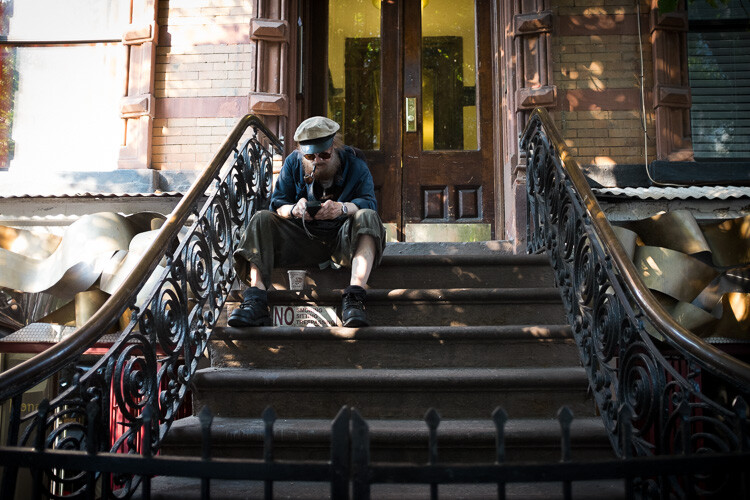
While photographing the areas that you are familiar with is very important, go even further. You do not need to have a set destination in mind, just pick a direction and go. Explore different routes each time. I consider photography to be an extension of walking. If there were no cameras, I’d probably still walk, and get lost sometimes. Having the camera to document what you see is just a bonus.
Don’t slink around, and make sure to say hello to people along the way. Tell them what you’re doing, and offer to take a photo of them. It’s fun, and most people will like the idea that you’re out getting lost and photographing. The camera is a great excuse to meet, connect with, and to photograph new people.
3. Don’t worry about people wondering what you’re doing

Have you ever stopped to photograph a reflection in a puddle, and then looked up to have someone staring at you quizzically, wondering what you could possibly be doing by photographing a puddle.
Forget that person. Some of the best, most beautiful, most interesting, and unique photographs are of things that can seem very mundane when you capture them. Embrace this, because it’s really fun, and keep yourself from worrying about what other people think when you are out there. Otherwise it can make you feel bad about taking images that are actually different from the norm and interesting.
Similarly, you should not worry about what people will think when they see your prints. You cannot be a good photographer without some people disliking some of your work. Do what interests you, without worry about other people’s perceptions, and you will be a better and happier photographer.
The image to the right is one that I personally enjoy. It is probably not the type of image that will stand out as much as the rest in Instagram, but there are a lot of interesting details, textures, and tones here. It’s unique. This is one that I have learned to expect not everyone to love – but some will, and I do.
4. Go to gallery shows, and get lost in the photography section of bookstores
Viewing the work of other artists will keep you inspired, and will renew your passion for photography. It will also give you a better idea of what you are capable of creating, particularly during times of frustration.
In addition to this, start a photography book collection. There are a lot of expensive photography books available, but there are just as many important ones that are affordable. Save a little money each month to build your collection, and it will help inspire you.
5. Light, light, light
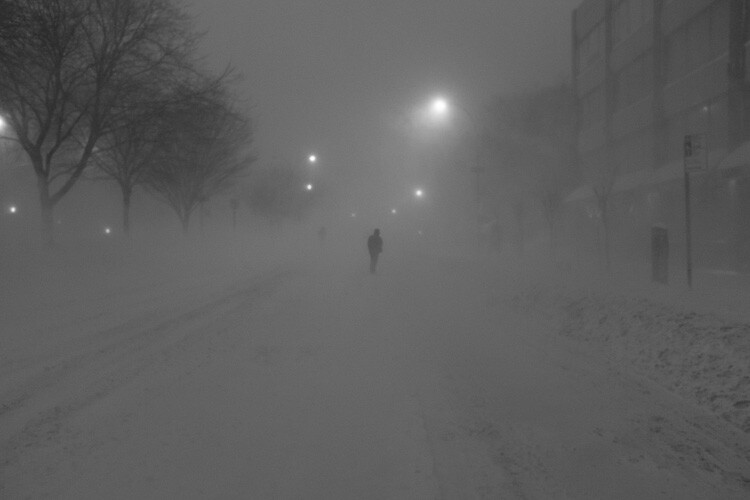
I am not referring to the light you look at, but the amount of equipment that you go out with. One, light lens is all you need. Get rid of the fear of missing out, or that you brought the wrong lens. Pick one, leave the huge bag at home, and have some fun. Use a camera phone sometimes. You will be able to go a lot farther with less gear, have a lot more spring in your step, which will lead to much better images and enjoyment.
6. Simplify your editing
Ugh… editing!
Editing can be exciting, but only when you do it the right way. I know a lot of people who have so much fun shooting, then they upload thousands of photos over months, and they get bogged down in the thought of editing. It causes them to procrastinate, and ruins the fun they had when shooting.
This is why I am a strong believer in having an efficient and organized Lightroom catalogue, but it is SO easy to do. Come back, upload a day of photos to Lightroom, and just give five-stars to your top five photos from the day. I go a little further than this, and give three, four, and five stars, but you don’t have to do that.
Even if you are the best photographer in the world, traveling in the most exotic place, you probably will not get more than five portfolio worthy pieces in a single day. So forget the middling stuff – you can come back later to search for diamonds in the rough. Just spend your time figuring out your favorite five.
Suddenly, your archive will be slimmed down so much, and this will make it much more fun to edit. Instead of looking at a mountain of thousands of images from a year, with just a small amount of work up front, you will have the top 100 images from a year, ready to go. Then grab a glass of wine (or your favorite beverage), and start making them look pretty.
7. Print!
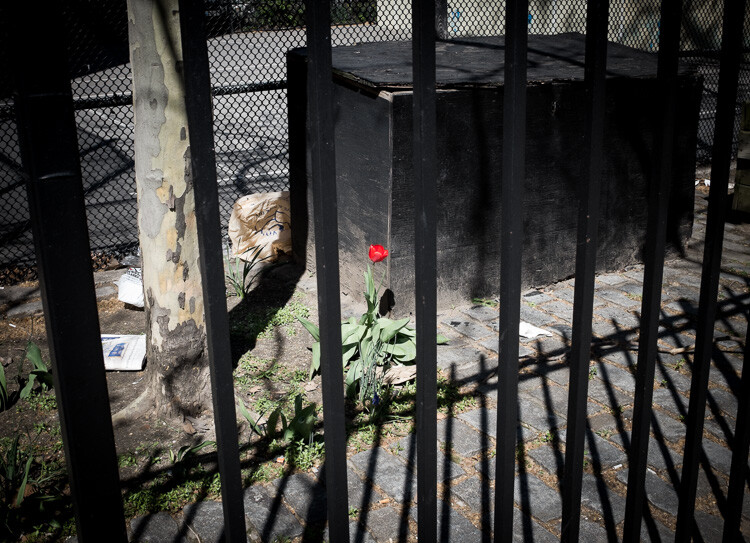
What’s the fun in photography if you don’t print? Take a day, get on the floor, and print out as many images as possible. If you don’t print yourself, use a service and go crazy. Force yourself to have some dedicated time to do this, or it can become so easy to procrastinate and forget about it. Printing is tough to do well in 30 minute increments, so that’s why I suggest taking half a day and having fun with it.
Then give the photos to friends! Don’t hoard them. You made them for people to enjoy, right? So give out 5x7s and 8x10s to people close to you. This is one of the hidden beauties of photography, creating something you love, and giving it to someone who will appreciate it.
Please make sure to comment below if you have some additional tips that you use, as I’m sure we would all like to hear about them.
Get 25% OFF James’ ebooks: Essentials of Street Photography & Street Photography Conversations eBook Bundle now for a limited time only at Snapndeals.
googletag.cmd.push(function() {
tablet_slots.push( googletag.defineSlot( “/1005424/_dPSv4_tab-all-article-bottom_(300×250)”, [300, 250], “pb-ad-78623” ).addService( googletag.pubads() ) ); } );
googletag.cmd.push(function() {
mobile_slots.push( googletag.defineSlot( “/1005424/_dPSv4_mob-all-article-bottom_(300×250)”, [300, 250], “pb-ad-78158” ).addService( googletag.pubads() ) ); } );
The post 7 Fun Strategies to Maximize Your Enjoyment of Photography by James Maher appeared first on Digital Photography School.

Digital Photography School

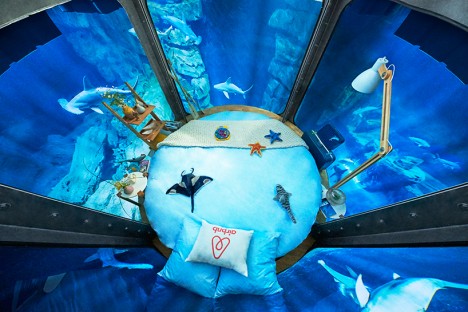


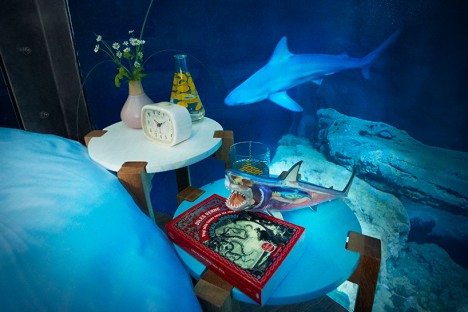

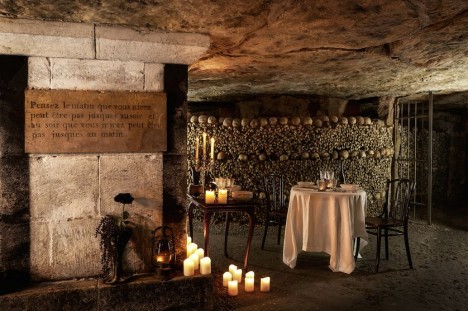

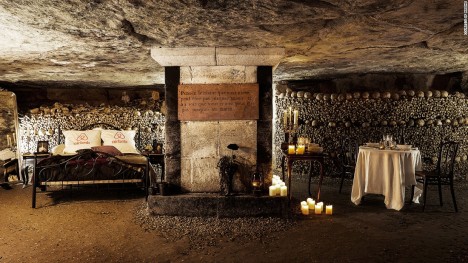
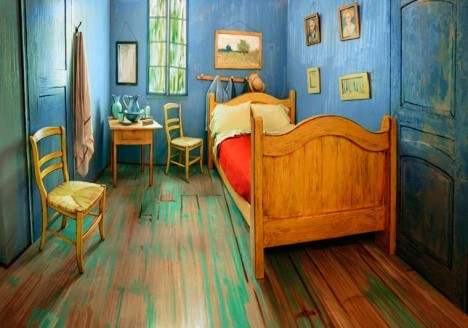
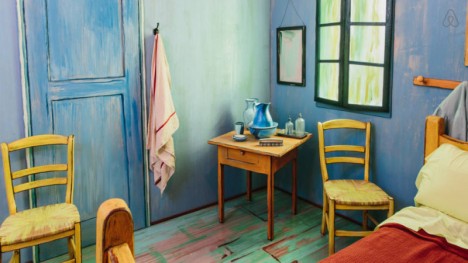

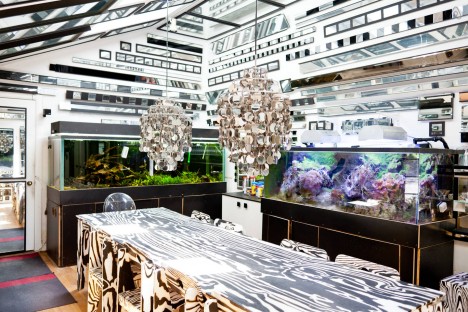
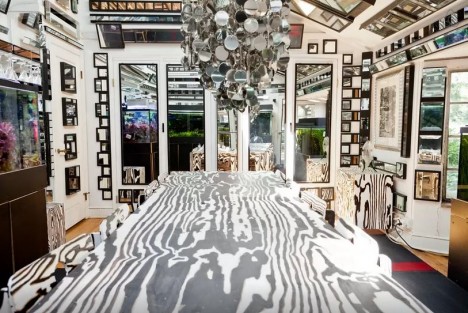



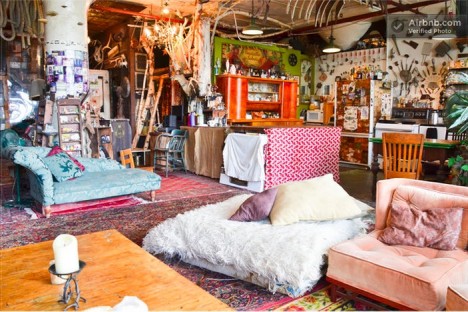
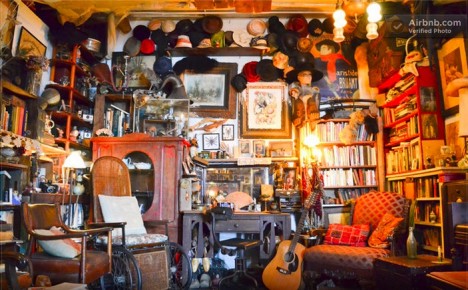






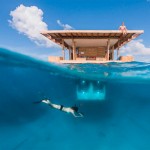


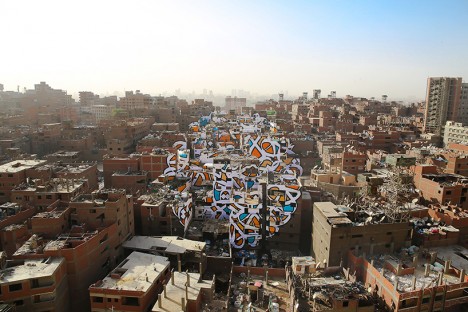
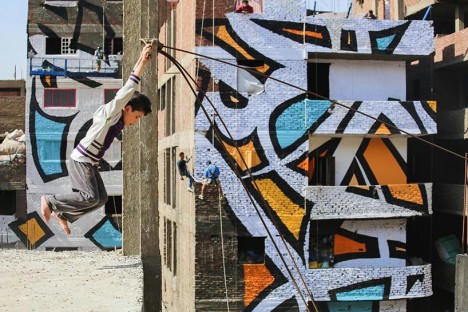
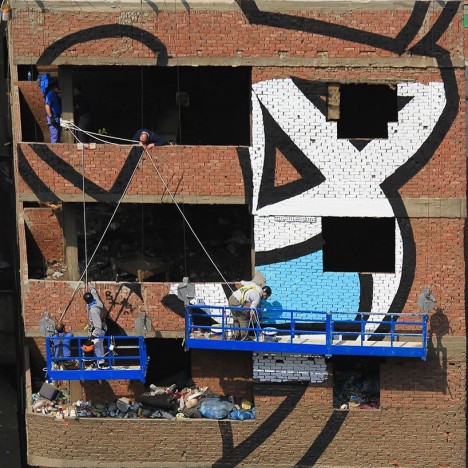

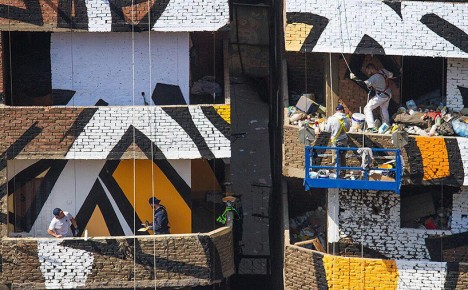


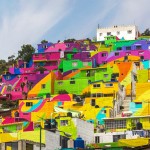
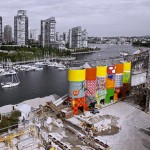

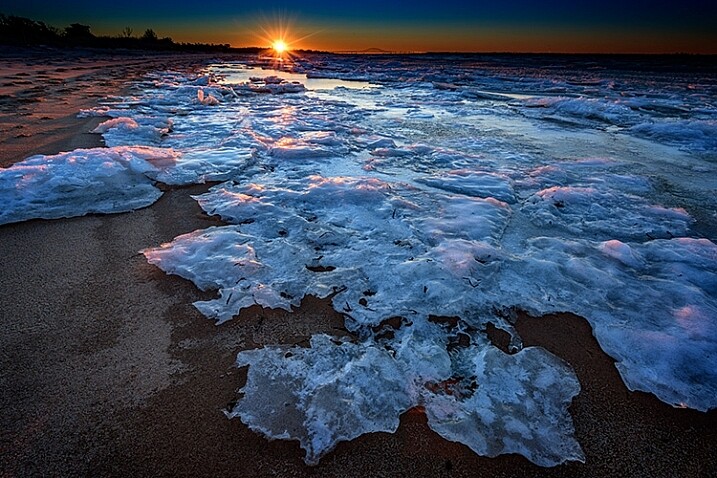
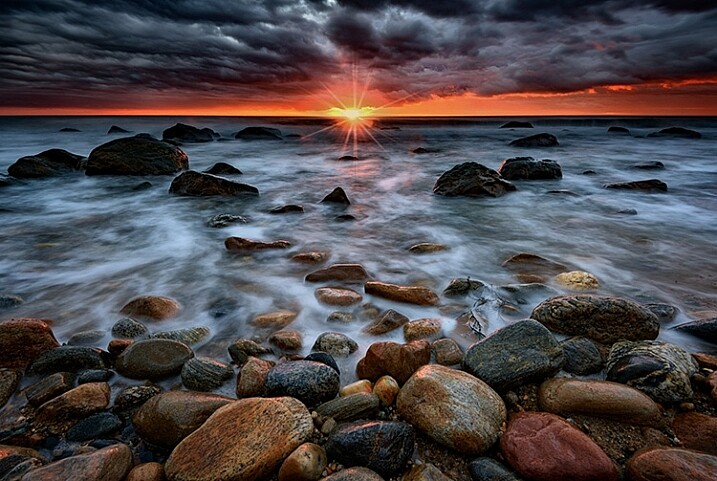
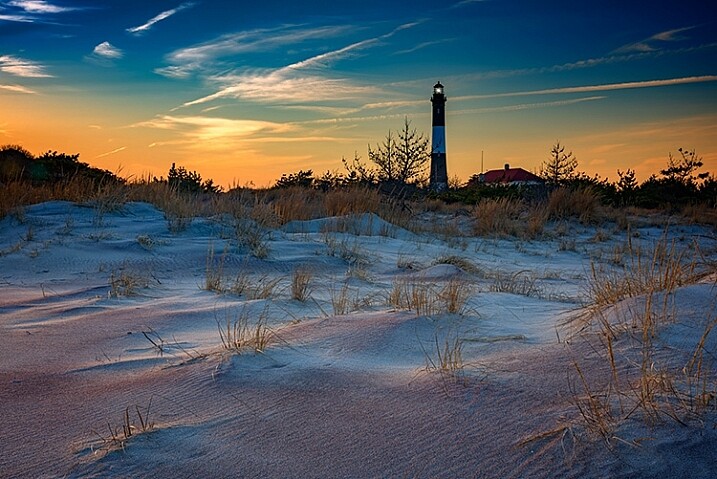
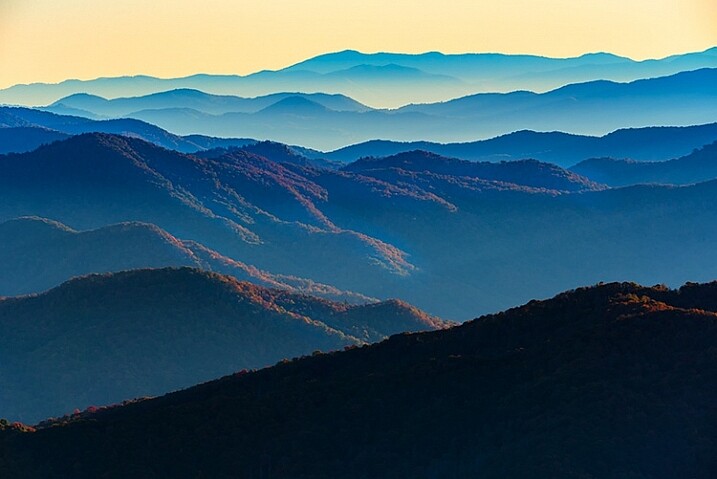
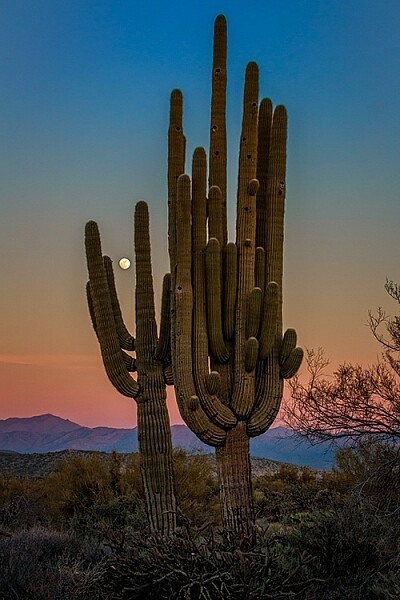

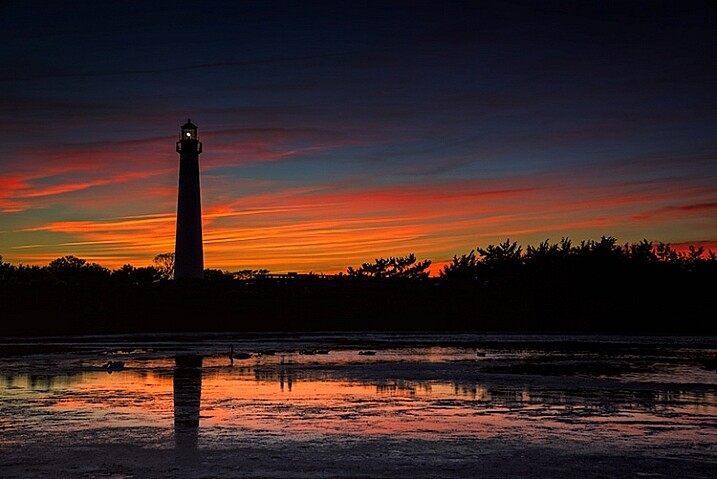













You must be logged in to post a comment.